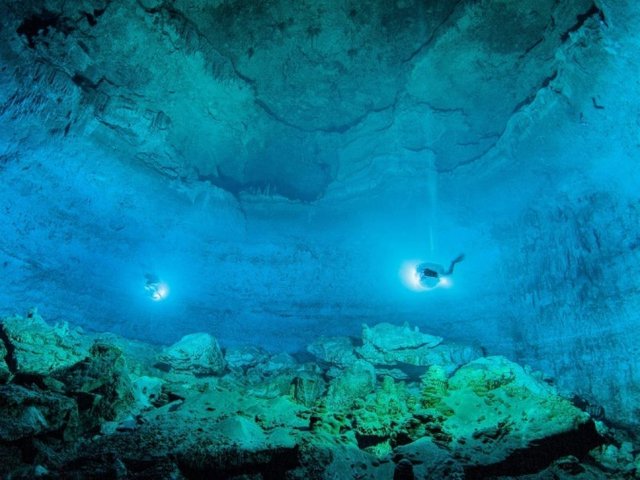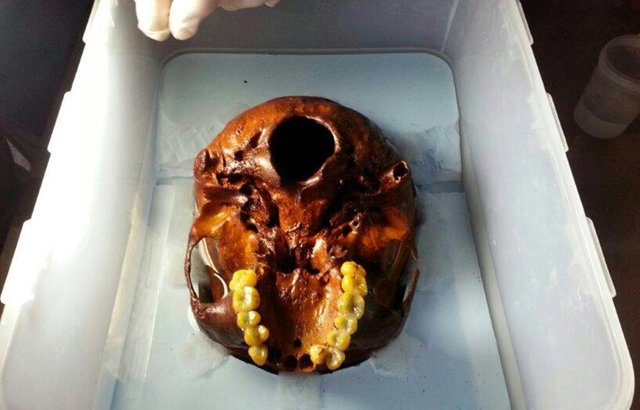A virtual underwater cave to dive into the real world

Scientists from around the world will be able to dive virtually into the underwater cave of Hoyo Negro, Mexico, where was discovered Naia, the oldest skeleton of the American continent, that of a girl who lived 13,000 years ago .
The almost complete skeleton of Naia was discovered in 2011 by archaeologists from the National Institute of Anthropology and History (INAH) in a cavity called Hoyo Negro (black hole in Spanish) in the network of underwater caves of Actun bag in the east of the Yucatán peninsula.
This site is part of "the largest flooded cave in the world", 347 kilometers long, which was revealed last month.
Archaeologists who were conducting research on "ancient water sources" were able to point out that two huge networks of flooded caves, known as Sac Atun and Dos Ojos (Two Eyes), were actually connected.
Exploring these caves with diving equipment, the researchers discovered various bones and objects.
At Atun Sac, more than 200 cenotes - natural wells - have been discovered, harboring archaeological treasures from the Pleistocene era (between 2.6 million and 11,700 years).
Among the bones of animals revealed are seven extinct species, including those of a goblet - an ancient elephant - or saber-toothed tigers, according to the INAH.

A photo dated May 14, 2012 and published on May 15, 2014 by the National Institute of Anthropology and History of the Skull of Naia, the oldest skeleton on the American continent (INAH / AFP - PILAR LUNA)
According to these scientists, the level of water in these caves has fluctuated over time. They would have served as valuable - but also perilous - sources of water during periods of drought.
Some animals or humans who have tried to venture there have actually managed to get out, explain these researchers. Which seems to have been the case of Naia.
In order for other scientists to study Hoyo Negro, 62 meters in diameter and 55 deep, a high-definition 3D replica was created. The project was presented Wednesday evening in Mexico City by Alberto Nava, who discovered the site alongside Alejandro Alvarez and Franco Attolini.
To protect it from possible looting, the INAH keeps secret the exact location of Hoyo Negro.